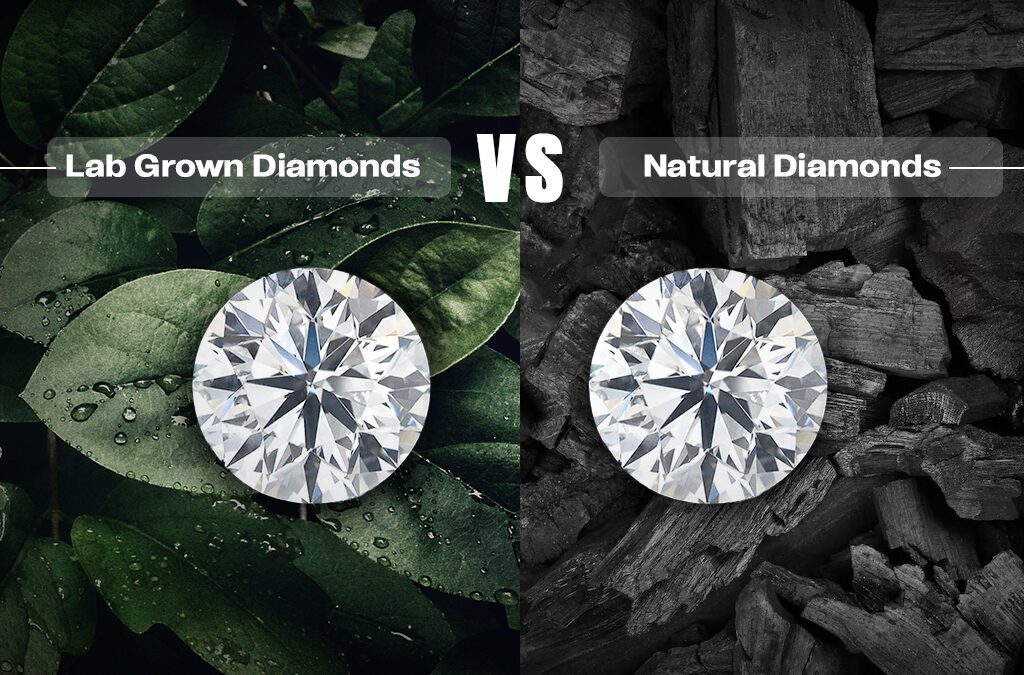Lab-grown diamonds
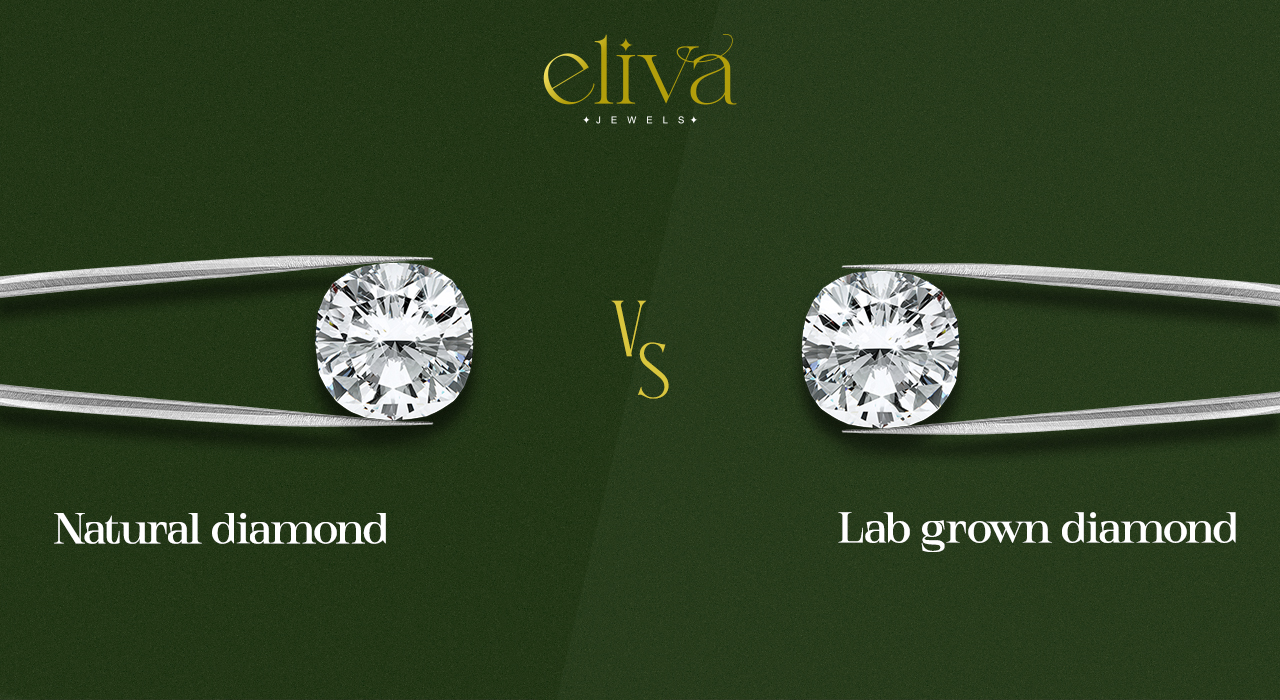
1. Origin
- Natural Diamonds: Formed over billions of years under extreme pressure and heat deep within the Earth’s crust. Extracted through mining.
- Lab-Grown Diamonds: Created in a laboratory using advanced technological processes that replicate the natural diamond-growing environment.
2. Compositionand Appearance
- Natural Diamonds: Made of pure carbon, with natural inclusions and imperfections.
- Lab-Grown Diamonds: Identical to natural diamonds in composition, structure, and brilliance. They are visually indistinguishable from natural diamonds, even under magnification.
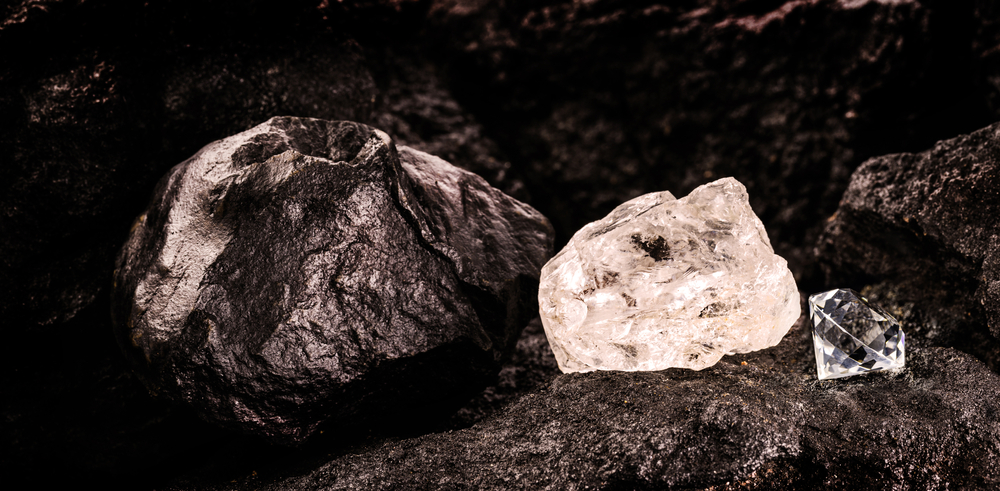
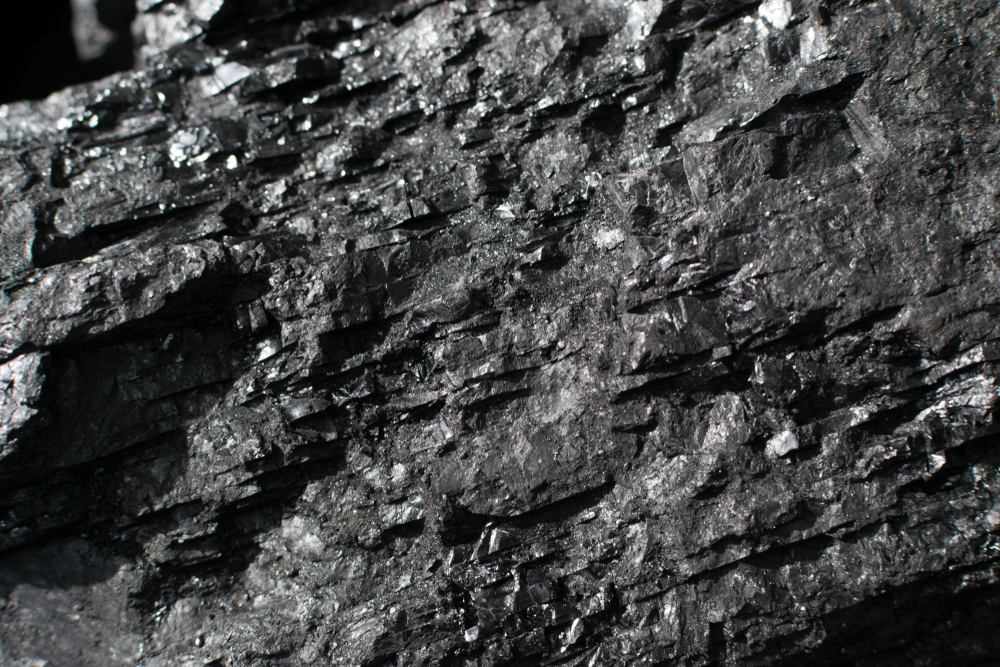
3. Environmental Impact
- Natural Diamonds: Mining disrupts ecosystems, consumes significant energy, and generates considerable waste. Some mining practices have been linked to deforestation and loss of biodiversity.
- Lab-Grown Diamonds: Produced in controlled environments with a smaller carbon footprint. They avoid the environmental degradation associated with mining.
4. Ethical Concerns
- Natural Diamonds: Concerns about “conflict diamonds” (also known as blood diamonds), which have been used to fund violence in some regions. Despite regulations like the Kimberley Process, unethical practices still exist.
- Lab-Grown Diamonds: Guaranteed to be conflict-free and ethically sourced, offering peace of mind to consumers.
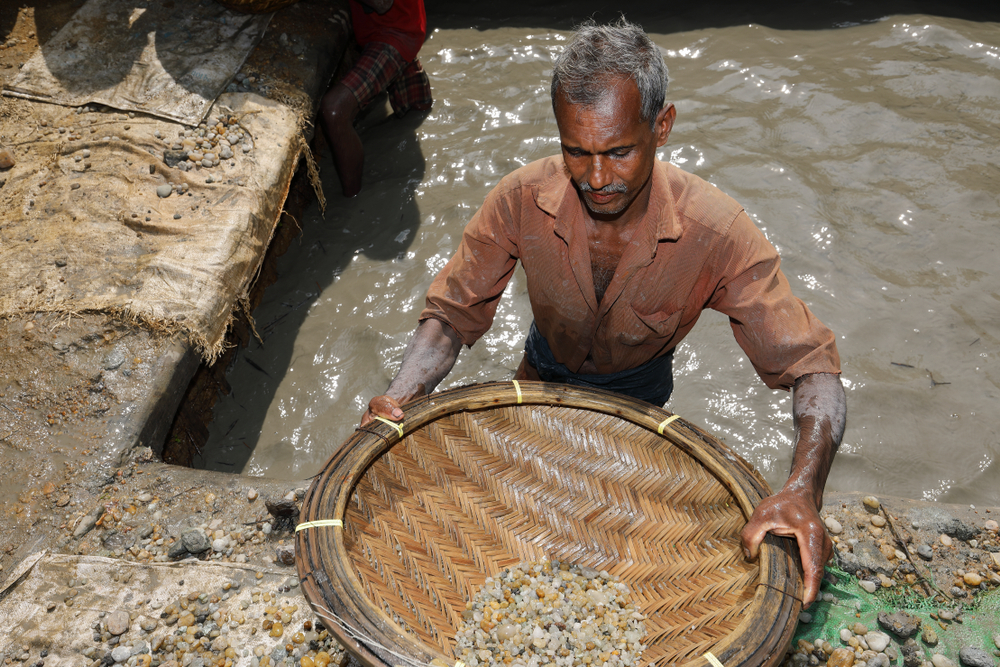

5. Cost
- Natural Diamonds: Higher prices due to rarity, mining costs, and market demand.
- Lab-Grown Diamonds: Typically 20-40% less expensive than natural diamonds, making luxury more accessible without compromising quality.
6. Innovation and Customization
- Natural Diamonds: Limited to what is mined, with restrictions on size and quality.
- Lab-Grown Diamonds: Created in controlled settings, allowing for greater consistency in quality and the possibility of producing larger, flawless diamonds.
